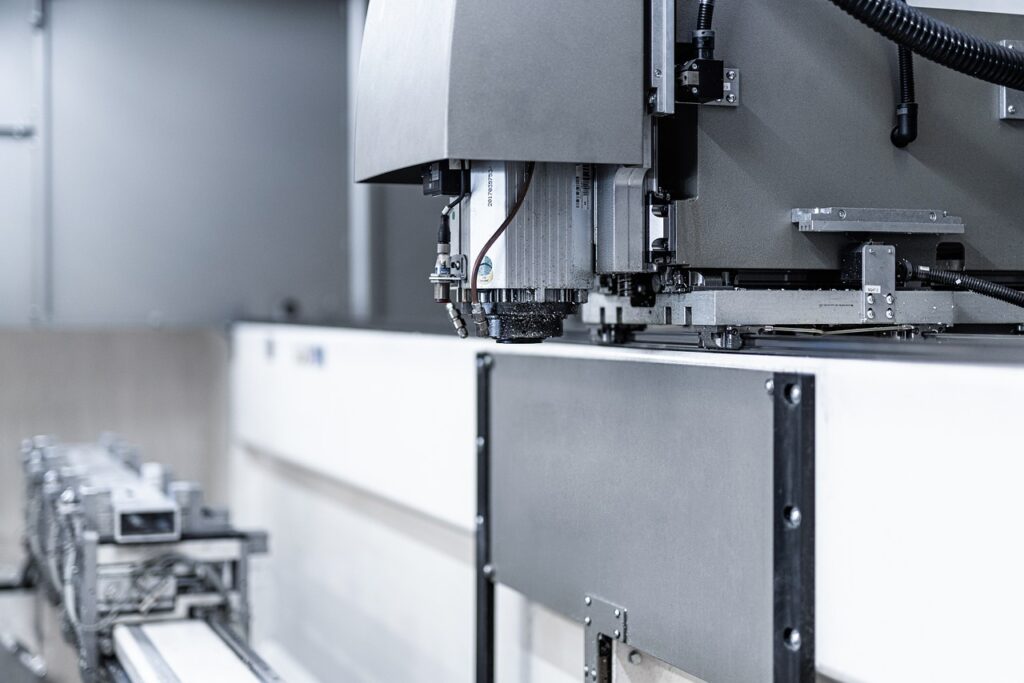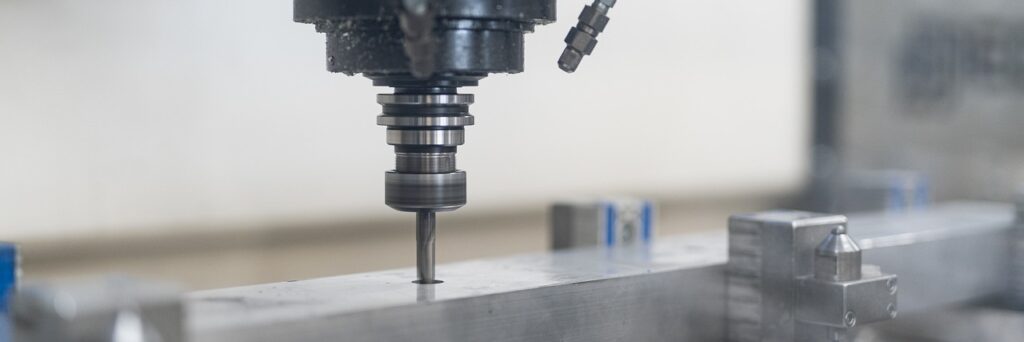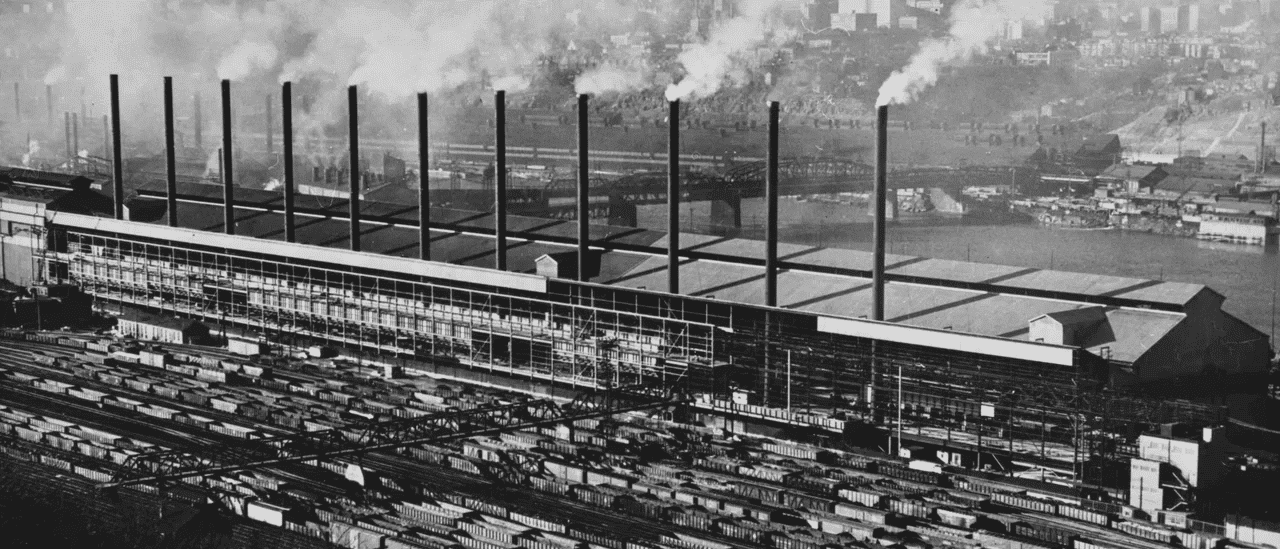
Image Source: Pixabay
Unlike manual machines, CNC machines can be programmed to work “lights-out,” meaning they run without a live operator pressing buttons or moving levers. Instead, they read G-code to determine what to do.
This allows them to cut precise shapes into raw materials with unparalleled accuracy and precision. There are many different types of CNC machines, each with its own specialized capabilities.
CNC Lathe
A CNC lathe is a machine tool that shapes metals, alloys, plastics, and different types of wood. This type of machining works by rotating the workpiece while moving a cutting tool to remove unwanted materials. These machines are used for a wide range of products, including medical equipment, aerospace components, and automotive parts.
The most basic version of a CNC lathe has two linear axes that can perform turning operations, facing tasks, and drilling and tapping. It can also bore holes, enlarge them to precise dimensions, and create grooves.
The more advanced 3-axis CNC lathe offers increased versatility by adding a Y-axis, which allows it to perform off-center milling and drilling tasks. It can also handle more complex turning and shaping tasks than its 2-axis counterpart. This makes it ideal for machining parts with intricate designs or geometric features. It also allows for simultaneous cutting along multiple axes, reducing machining time and improving precision.

Image Source: Pixabay
CNC Milling
The machining process uses programming to create cuts in flat materials, like wood panels or plastic sheets. This allows for nested manufacturing, which reduces the amount of unusable space in a finished product and increases efficiency.
Skilled CNC programmers use CAD software to design what they want to make. They then translate the digital designs into a set of instructions called G-code. This code tells the CNC machine to move the cutting tools and workpieces on multiple axes to cut away the material.
Milling removes material from a piece of stock by cutting into it with a tool, grinding the stock with a rotatable cutter, or pushing it through a stationary cutter at high speed. The method used depends on the size and shape of the stock.
There are three different types of milling machines based on the number of axes they can travel: 2-axis, 3-axis, and 5-axis. Each type of machine has its own benefits and uses, depending on the complexity of the part being made.
CNC Turning
A CNC turning machine uses a tool to secure a raw material and then removes undesired portions until it’s left with the finished component. This process is typically used with metals and requires an expert to ensure that the results match a client’s demands.
Engineers create a design using a CAD program, then translate it into G-code to upload to the machine. An operator then loads the materials and tools as directed, and runs test pieces to ensure the machine’s performance.
The machine may perform a number of tasks depending on the design, such as spherical generation, grooving, boring, drilling, knurling, and threading. Some machines can even perform multitasking functions, such as machining a spherical hole and cutting threads into it in one operation. These machines often feature a tool turret, which can hold multiple tools for simultaneous use. This increases efficiency and reduces production times.
CNC Routing
The design of your part is a digital file that’s translates into g-code, which tells the CNC machine exactly how to move and shape material. It’s then loaded into the CNC machine, which is like a sculptor that follows these instructions to make the product.
The gantry and spindle motors follow the computer-generated instructions by using guide rails or a rotary table. These machines also contain a controller, which sends the g-code signals to motors to control speed and position. Some systems use feedback to continuously adjust the motors, while others operate in an open-loop system without feedback.
These systems are capable of cutting in three axes or directions. Up and down is called the Z coordinate or axis, while left and right is known as the X axis. They can cut plastics such as polycarbonate, which is a transparent thermoplastic with high impact resistance, optical clarity, and ease of forming and shaping, or foam materials like expanded and polyurethane.
CNC Wire EDM
This non-contact subtractive machining process is compatible with most electrically conductive metals and allows intricate shapes and contours to be cut without distortion. This technology also produces quality surface finishes that are a step above the standard provided by other machining methods.
The eroding sparks cut through the workpiece and carry away microscopic bits of material that are flushed by deionized water or a specialized non-conductive fluid. This process is able to cut titanium, which generates a sticky gummy build-up when cut by conventional cutting tools. It can even tackle graphite, a common choice for tool and die makers that require an extremely rigid material.
Like CNC milling, wire EDM can be used to create complex, precise shapes and holes. For example, an aluminum part that requires a threaded hole could be cut with this method. It can also handle other materials such as copper and brass, although the tensile strength of the material should be taken into account.

Image Source: Pixabay
3D Printing
Computer numerical control (CNC) machining is a process that utilizes pre-programmed computer software to dictate the movements of complex machinery, including grinders, lathes and mills. These machines work to transform raw stock materials into components that meet manufacturing directives and design specifications.
This process eliminates the need for manual machinist interaction, which reduces the likelihood of error and allows the machine to operate at maximum efficiency. It also helps to minimize material waste.
CNC machining has become increasingly important to a number of industries, including medicine, aerospace and military, where a single component failure could put lives at risk. These critical industries require the highest level of precision that only a CNC machine can provide.
Once a design has been completed in CAD, it is sent to a CNC programmer who inputs the information into the machine using a set of instructions called G-code. This code tells the machine how to move its tools and what cuts to make.






























